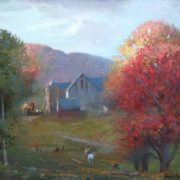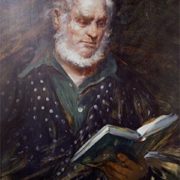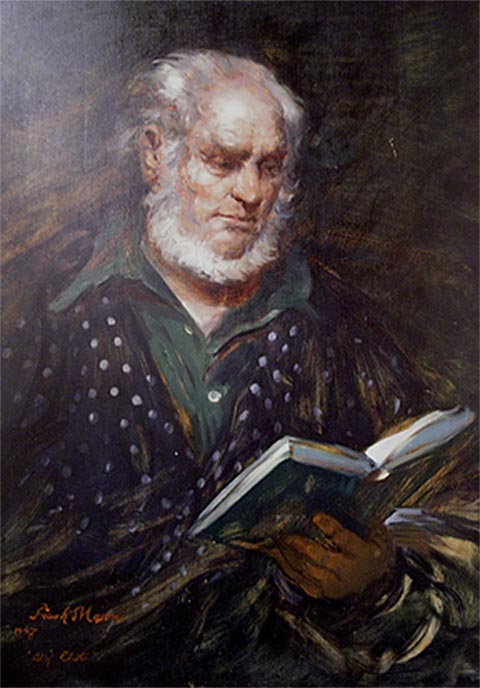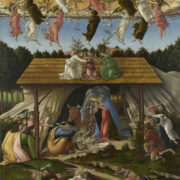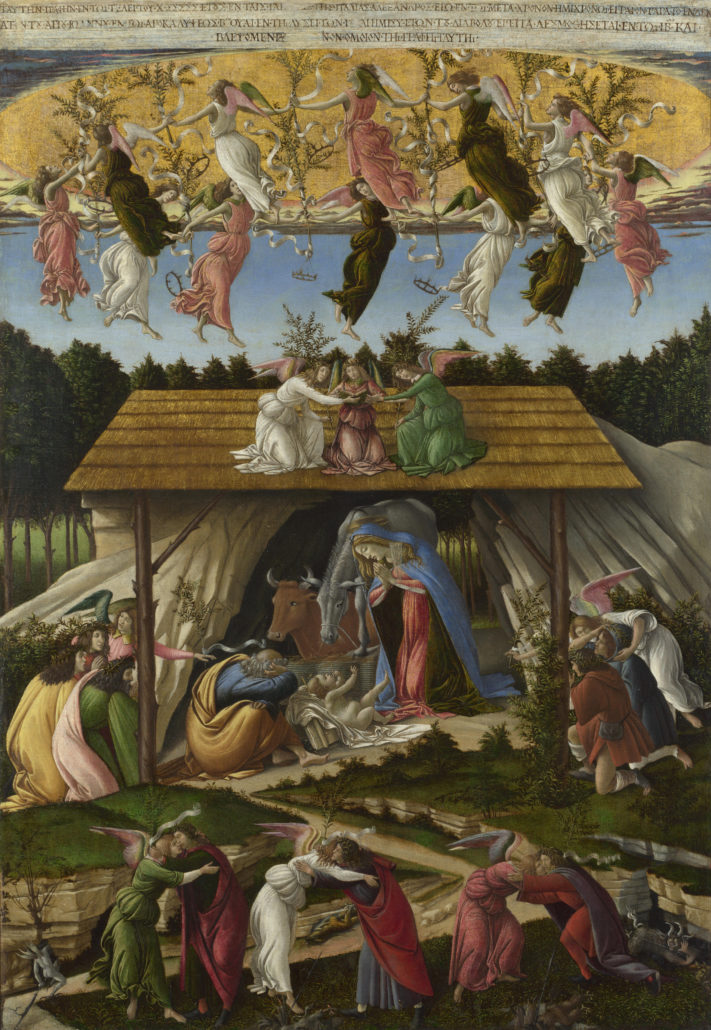Frank Mason Painting Raffle to Benefit the Preservation of the Historic Salmagundi Club.
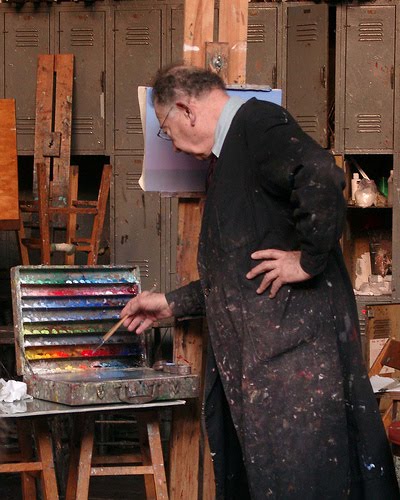
Frank Mason in the studio. Courtesy: Karen Winslow/Brushwork Blog.
Ruth Osborne
Our 8th annual James Beck Memorial Lecture was a brilliant gathering of those invested in the making of art and the stewarding of its well being.
We were proud to have this year’s lecture hosted at the Art Students League of New York, an historic institution that has been instrumental and innovative in art education in America since 1875. Michael Daley, Director of ArtWatch UK, shared on the intertwining of the Art Students League and ArtWatch. Our founder Prof. Beck, after whom the annual lectures are named, was connected with artists and students at the League. Most notably, the legendary artist and League instructor Frank Mason, with whom he entered the long campaign against the overrestoration of the Sistine Ceiling. Mason himself had been known to lead protests against overcleaning of important paintings at the Metropolitan Museum of Art.
It is therefore rather fitting to announce that an oil painting by Frank Mason will be raffled off this evening at 6pm at another historic arts organization, the Salmagundi Club downtown. Salmagundi’s Silent Auction is being held to benefit the continued preservation of the landmarked 1850s building on lower 5th Avenue that the Club calls home. The Auction will feature champagne, hor d’oeuvres and music.
You can find more information about tickets for the event here on the Club’s website:
Raffle of Frank Mason Painting
September 23, 2016 — 6 to 9 pm — Salmagundi Club, 47 5th Avenue at 12th Street
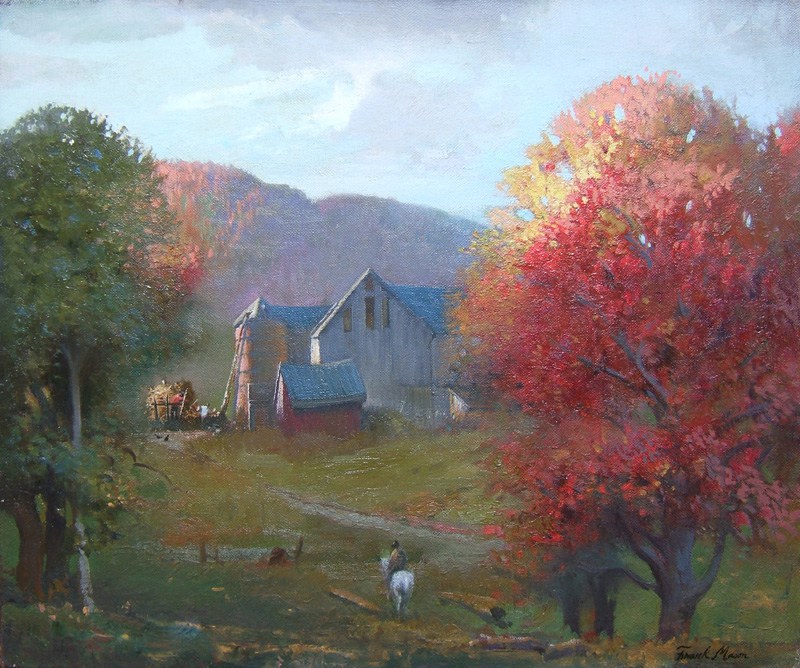
Frank Mason, Storing Hay, Pownal, Vermont (1959) oil on canvas.
“Storing Hay, Pownal, Vermont” measures 25″ high by 30″ wide and is in a gold metal leaf Florentine style Frame. Painting is signed. It was done by Frank Mason in 1959. Appraised value of painting is $15K.
Anne Mason, widow of Frank and long-time supporter of ArtWatch, says:
Frank would have been happy to know his “Storing Hay, Pownal, Vermont” is part of a fund raising effort to benefit the renovation of the Salmagundi Club. In an era when non-profits are going under, the Salmagundi is alive and well. The raffle is part of a silent auction. On September 23 from 6 to 9 p.m. there will be an evening at the club. Around 8:30 pm there will be a drawing. One lucky winning raffle ticket will be chosen. The winner does not have to be present. BUT think how much fun it would be if you are there for the drawing and WIN!!

